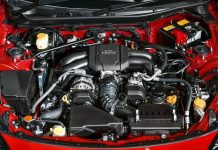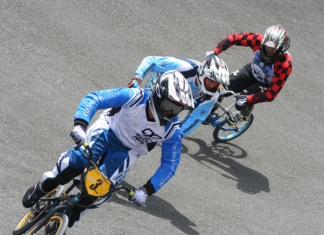
Cycling is a thrilling and exciting activity. It comes along with a lot of health benefits such as improving heart health, mental well-being, lung health, losing weight, gaining muscle mass, sharpening your navigational skills and improving sleeping habits. To make the most of this, many cyclists want to know what their metrics are and what route to follow.
A lot of them want to look at their ride and enjoy the beautiful view they had of their mountain ride. That’s why people buy bike electronics. They help cyclists keep track of their performance, give them a good overview of everything they’ve done so far and help them improve in the next ride.
Bike Computer
Besides a smartphone with a cycling app and a GPS-enabled fitness tracker, you have another option to get your cycling feedback. It’s the bike computer. It’s a must-have cycling electronics piece for every serious trail and road rider because it has a long battery life, and is designed specifically for cycling and has a big screen. The bike computer will give you precise data about your cycling tour and a wide range of metrics to compare after every ride.
A lot of these computers have a customisable display so you can see only the things that are important to you. Paying extra gives you a more powerful processor, an advanced user interface, and more features, just as with any other electronic device. Only the most affordable and simplistic bike computers won’t have GPS features.
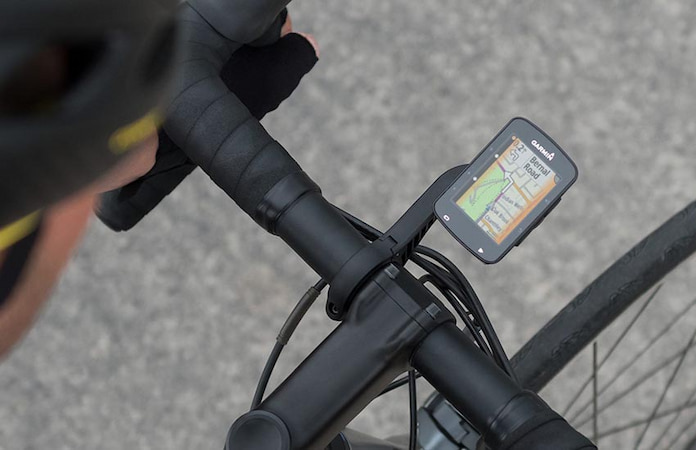
Monitoring of the Global Positioning System (GPS) is the foundation for a variety of data, including navigation, speed, elevation, and distance measurements. For quick, accurate tracking, the most advanced, and priciest computers connect to numerous GPS satellite systems. The basic devices provide standard information like distance and speed. But you can find power, cadence, and other advanced metrics in advanced units.
Plus, you can add specialised sensors to increase the accuracy of the data you receive. These computers interact wirelessly and can transfer the metrics to your phone or computer. Less expensive cycling electronics devices offer basic tracking and notify you when you veer off course. The most advanced systems allow you to enter a destination and receive turn-by-turn directions, which is similar to the navigations we have in our cars.
Depending on how much money you want to spend, the display quality will vary. For less money, you’ll get a black and white screen. But if you want to see it in colour, you must spend a couple of dollars more. The computer’s battery usually lasts for about 15-20 hours.
But this depends on the type of riding you’re doing. If you use the navigation, track a lot of data and record the ride, the battery won’t last as long. Most of these devices have a battery-saving mode that enables you to track the basic functions and lower the screen brightness, thus maximising the battery’s life.
Action Cam
Sometimes there are some once-in-a-lifetime tours and rides you want to remember forever. Action cameras are one of the best ways to record the whole event and watch it over and over again. But to do this you’ll need a high-quality camera that has a lot of features. The first thing you need to do is to set your budget.
Do your research on all of the features you’ll need and get to a comfortable price point. Nowadays there are a lot of new manufacturers entering the market, so you’ll find what you’re looking for, for a reasonable amount of money. When it comes to footage quality, a professional cyclist should not get anything under 4K resolution.
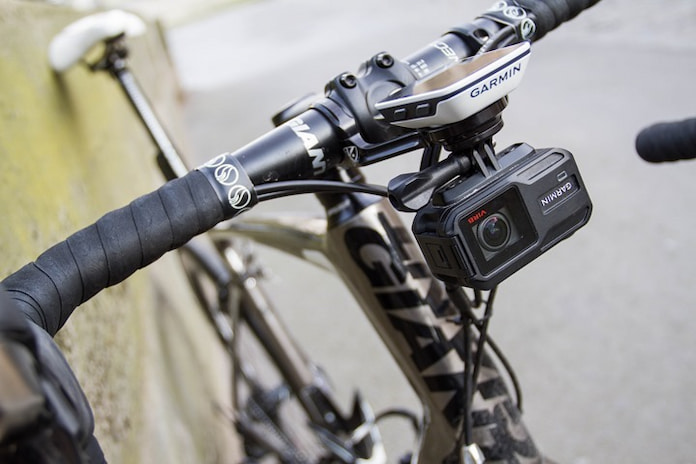
If you’re on a tighter budget or you’re a casual cyclist, a 1080p FHD action cam will suffice to give you a clear picture and footage. If the video, photo and sound of the footage aren’t high-quality, there’s no point in buying a camera in the first place. There are cameras that have special features. These usually include:
- Time lapses;
- Slow motion;
- Zooming capabilities.
Battery life is crucial so you can get nice uninterrupted footage of your journey. It’s difficult to find a camera with batteries that last more than 4 hours. That’s why we recommend carrying some spare batteries with you or a power bank with high capacity. One non-negotiable feature is stabilisation. There’s no point if the footage is shaky. This is especially important if you’re riding on rocky terrains. You can choose from two options, gyro and optical stabilisation.
Gyro uses a sensor that recognises movement and eliminates the shakes. The optical stabilisation works with lens movers that prevent the movements of the camera. Choose smaller and lighter cameras that won’t interfere with your riding. If it’s heavy and bulky you won’t be able to attach it to your helmet and there’s a chance it’ll fall off during the ride.
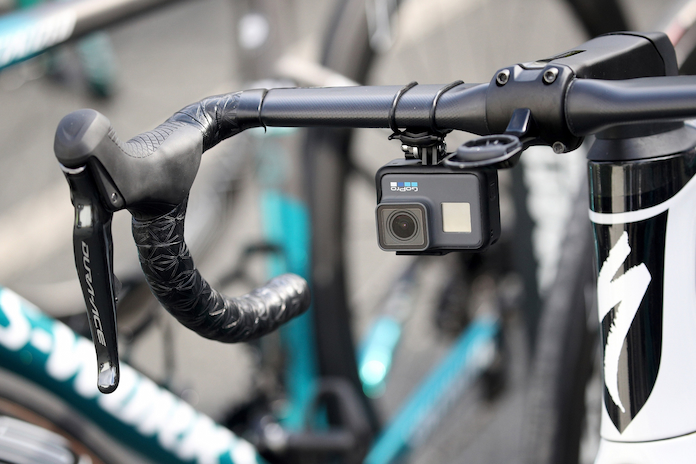
The camera should be easy to use, carry and install. The buttons should be accessible and recognisable and the functions and commands clear and fast. Avoid touchscreens as they can be hard to control in wet conditions and when you wear gloves. If you can, find a camera that’s water resistant. This way you won’t have to worry about rain and water puddles. You can use protective cases, but they might influence the audio recording.
Cadence Sensor
You can control three variables when cycling: heart rate, front and back gears, and pedal cadence. Pedal cadence is the number of pedal rotations per minute, which means your overall speed influences the cadence. For those who consider cycling to be more than just a simple hobby, measuring cadence using a cycling electronics sensor is important.
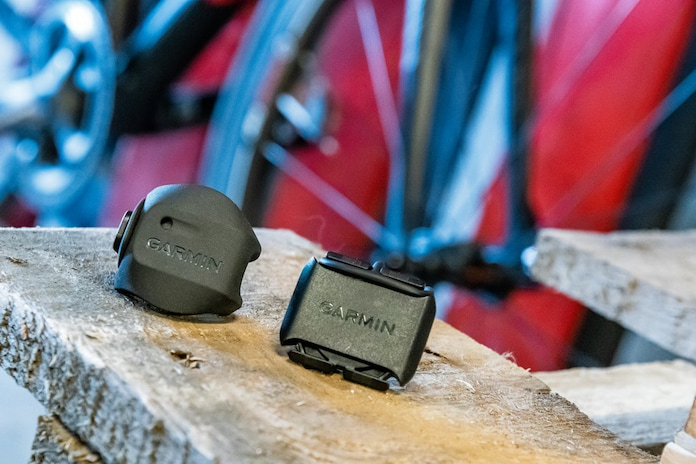
Cycling pros pedal faster than any beginner, and they accomplish this by building up muscle mass and controlling their cadence. To do this they have to use a cadence sensor. A cadence sensor is a compact trio of devices that you mount to the bicycle. It consists of two magnets: a spoke magnet and a cadence magnet.
There’s an electronics pod mounted to the bike frame, and the two magnets go on each side. The pod has magnet sensors and every time a magnet crosses the pod the sensor registers a rotation. Basically, it works similarly to a speedometer. You have three main choices when it comes to what information the sensor will measure:
- Speed only – speed and distance of the route;
- Cadence only – just rotations per minute;
- Speed and cadence – combines sensors and gives data on both.











